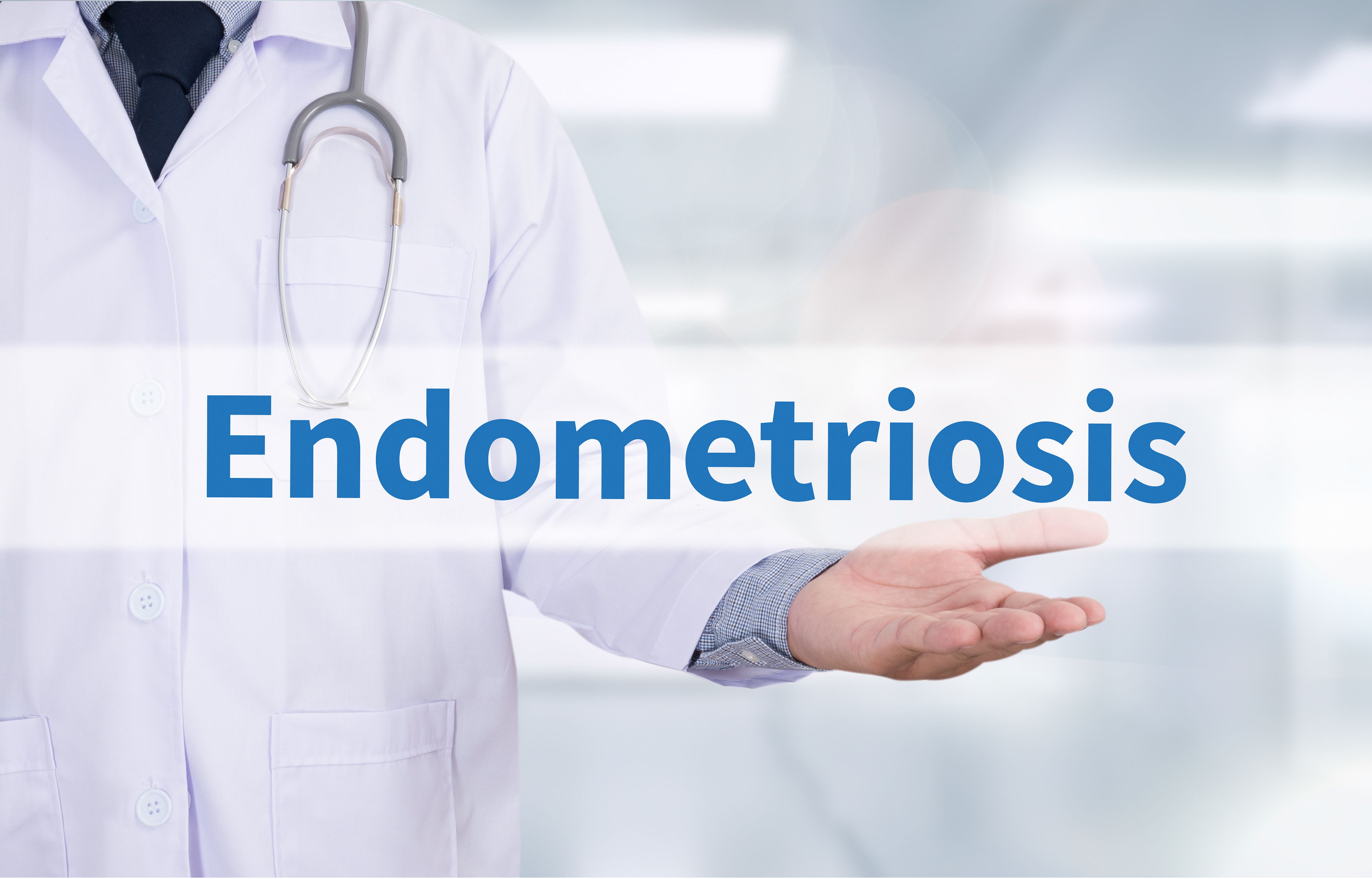Implantation failures with infertility-associated endometriosis
Newly published research in Gynecological Endocrinology assessed the quality of embryos and the implantation rate in women with infertility associated with endometriosis.
©adiruch na chiangmai - stock.adobe.com

Infertile reproductive-aged women with recurrent unilateral endometrioma had adverse outcomes from in vitro fertilization (IVF) compared with results in infertile reproductive-aged women with tubal factor infertility, according to a study in the journal Gynecological Endocrinology.
“A controversial issue is whether endometriosis per se exerts a detrimental effect on IVF outcomes,” wrote the Russian authors.
Objective
The purpose of the study was to assess the quality of embryos and the implantation rate in women with infertility associated with endometriosis. The 120 study patients, all ages 26 to 40, underwent IVF and intracytoplasmic sperm injection (ICSI).
Methods
They were then divided into two groups. Group One (n = 70, average age 33.21) consisted of patients with recurrent unilateral endometriomas, whereas Group Two (n = 50, average age 32.54) represented the control group with tubal factor infertility.
The quality of the retrieved embryos was evaluated according to the generally accepted classification of Gardner, indicating the rate of implantation in each group. Embryo transfer was performed for high-quality embryos.
Results
By assessing the ovarian reserve indicators, the anti-Mullerian hormone (AMH) serum level in Group One was significantly lower than in Group Two: 2.1 (± 1.75) vs. 3.2 (± 1.4) (P < 0.005). The number of retrieved oocytes in Group One was also less: 8.1 (± 3.9) vs. 10.1 (± 6.8) (P < .005).
The study also found that the duration of stimulation in Group One was significantly higher in comparison to Group Two: 12.2 days (± 1.8 days) vs. 10.2 days (± 1.6 days) (P < .001). Nonetheless, the number of good quality embryos retrieved was comparable in both groups: 2.2 (± 1.5) in Group One vs. 2.8 (± 1.8) in Group Two.
However, there was a statistically significant difference in implantation rate between the two groups, which was 1.5 times lower in the endometriosis group: 17.1% vs. 24.0%, respectively (P < 0.005). Similar implantation rates have been reported by other scientists in independent studies, according to the authors. These scientists concluded that patients with endometriosis-associated infertility who underwent IVF had a dramatically reduced level for all markers of the reproductive function, thus resulting in a lower pregnancy rate than controls.
Separately, the current study found that in women with endometriomas > 3 cm in diameter, frequency of implantation was also 1.5 times lower than in the control group: 15.8% vs. 24.0%, respectively (P < 0.005). But in patients with a cyst size < 3 cm, the rate of pregnancy was comparable to the control group. “Those findings support that the size of endometriomas affects the number of oocytes retrieved and the rate of implantation,” the authors wrote.
Conclusion
The reliably low incidence of implantation due to endometriosis, despite the comparable number of good-quality embryos retrieved, may necessitate a more thorough assessment of endometrial receptivity. Prompted by the ambiguous theories about occurrence of endometriosis-associated infertility, the authors are further investigating the potential mechanisms of the disorder.
